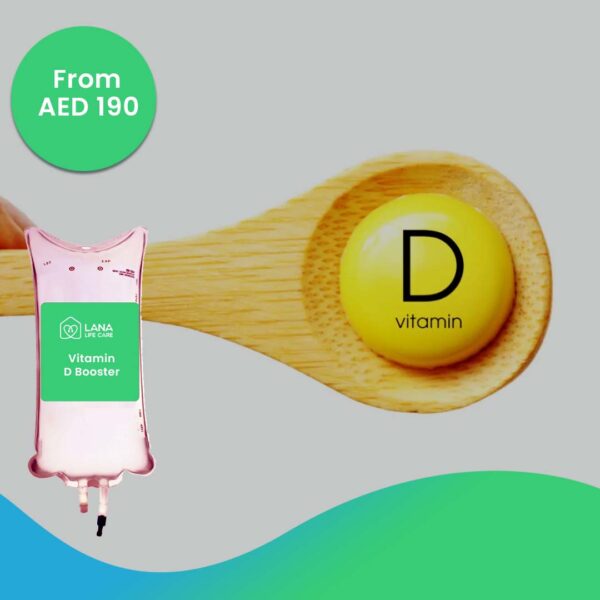
wound vac nursing care is a modern method to accelerate the healing of diabetic foot wounds using a device to suction and evacuate the air from the wound, which helps in the formation and promotion of the growth of new healthy tissue rich in blood capillaries and has been proven effective in the rapid healing of complex, critical and chronic wounds that do not heal using traditional treatment methods. So in this guide, we will discuss Wound VAC healing time.
Our highly qualified wound vac nursing care provides complete management of all medical requirements as recommended by your doctor, including follow-up care after discharge and other short- and long-term nursing needs. Our team of nurses assists patients with post-operative care and wound care along with other treatments prescribed by your doctor.
Our wound vac nursing care team uses all the necessary equipment required to treat wounds to help reduce complications, support healing and keep you safe at home. For patients who qualify for home health services, Wound vac care at home is a convenient treatment for chronic and complex wounds.
Speaking about wound vac nursing care, negative pressure wound therapy (NPWT), also known as vacuum-assisted wound closure (VAC) is a technique to improve the rate of wound healing using wound dressings and a vacuum device to apply intermittent pressure to the wound bed.
The amount of pressure applied is usually less than the pressure found in the atmosphere (sub-atmospheric). NPWT stabilizes the wound environment by draining excess fluid, reducing edema, and applying pressure to the wound bed to induce the formation of blood vessels.
The mechanism of Wound vac care at home is to evacuate excess air or secretions that are present in the injured area and survive the Wound VAC healing time, as the device works to draw these secretions and get rid of them outside the body, which helps the tissues to heal faster and better.
The benefits of wound vac nursing care are:
It is worth noting that wound vac nursing care is applied to many cases and has multiple uses, including:
The duration of treatment of wound vac nursing care varies from one case to another, depending on the nature of the injury and the depth of the wound, so at Lana Life Care we work to provide advanced wound care to maintain the safety of patients. It is worth noting that some cases need to use the device for two or three days, in contrast to some other cases in which treatment continues for weeks.
If the wound vac nursing care notices an improvement in the patient’s condition, in this case, the number of sessions should be stopped or reduced, and some indicators that indicate an improvement in the Wound VAC healing time, are the following:
Many medical conditions require the help of wound vac nursing care, including;
One of the most prominent examples of pressure therapy devices is the VAC technique, as this device is used especially in the treatment and sterilization of wounds or ulcers that affect the body, by sucking excess secretions in the wound area and reducing the exacerbation of bacteria in the affected area. You can also sleep with a wound VAC.
Wounds need the utmost Wound vac care at home and a lot of monitoring and assistance to ensure that they heal properly and quickly. This is what the wound vac nursing care at Lana Life Care provides, allowing you to return to your normal life as soon as possible. Our wound vac nursing care uses the latest wound treatment methods to ensure pain relief and accelerate the healing process. Through daily wound care nursing visits, or an extended care plan. Our services of Wound vac care at home include:
Despite the great advantages we mentioned for wound vac nursing care, it is not suitable for all types of wounds, including:
it is not usually recommended to apply the device to this type of wound as it may have significant negative effects.
if the device is applied to this type of wound, it may result in many damages such as the spread of infection in the body.
if the wound is accompanied by severe bleeding, in this case, it is not recommended to apply the device to the wound as the bleeding may increase.
Negative pressure therapy depends on removing excess secretions from ulcers or wounds and there are many examples of it such as the VAC device, as the device works to sterilize the wound well by getting rid of secretions and dead tissue cells, which enhances the chances of the wound healing better, the effectiveness of this technique is linked to changing the bandages periodically, to ensure preventing the spread of bacterial cells.
Wound vac nursing care usually recommends changing the dressings every two to three days, to keep the wound area free of bacteria and well marked, in case the secretions are excessive, in this case, it is recommended to change the dressings every day to get rid of these secretions and keep the wound area from contamination.
Despite the many advantages we mentioned for wound vac nursing care, its use may cause some complications to the patient, which include;
Seeking the help of a wound vac nursing care in such situations is very necessary, even if you are good at dealing with wounds or ulcers, so some cases require the intervention of a specialist, including:
When it comes to costs of wound vac nursing care, many factors determine the final cost of the negative pressure suction service, including the following;
When it comes to ulcers, seeking the help of a distinguished wound vac nursing care team such as Lana Life Care is the best solution, as we are the best in the field of medical care in Dubai for the following reasons:
Wound vac nursing care is considered an effective purification in treating wounds and ulcers, as it works by removing and disposing of air and excess secretions present in the area, To help skin tissues to form again. At Lana Life Care, we help patients overcome wounds and ulcers by applying this technique.
It is worth noting that the duration of a Wound VAC healing time varies according to the patient’s condition, and it cannot be limited to a specific period. Some patients need only a few days, while others may need treatment for weeks and months.
The patient feels better gradually depending on the nature of the wound and its depth. The more superficial the wound is, the faster the recovery.
We at Lana Life Care offer many tips to patients to preserve the safety of the wound and prevent the infection from worsening, but the most important advice is to keep the place clean.
Some cases require a visit to the doctor, such as the appearance of some bruises or severe redness at the site of the injury, or feeling severe pain.
Of course yes, you must first secure the location of the device well to avoid the place coming into contact with water.
The patient may feel some pain, but if the pain is severe and unbearable, you should see a doctor.



